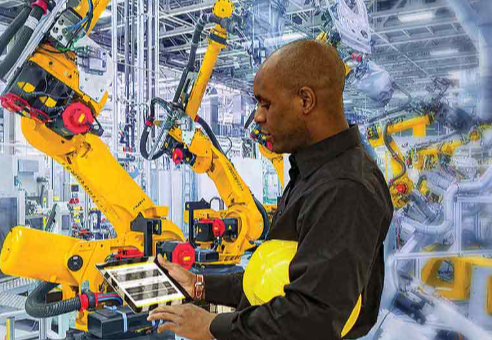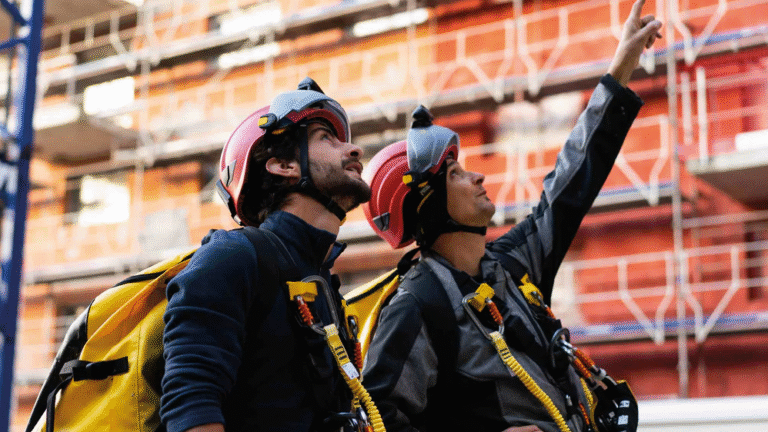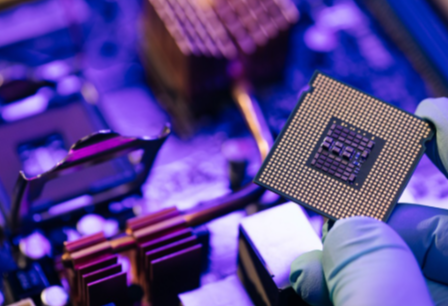Robotics is a cornerstone of Industry 4.0, facilitating the integration of advanced technologies in manufacturing. By merging robotics with IoT and AI, companies achieve significant gains in efficiency and precision. Moreover, collaborative robots enhance human-machine interaction, optimizing workflows and productivity. As industries evolve, the implications of these advancements raise critical questions about future processes and adaptability. Exploring these dynamics reveals the transformative potential of robotics in shaping modern manufacturing landscapes.
The Integration of Robotics and IoT in Manufacturing
As the manufacturing landscape evolves, the integration of robotics and the Internet of Things (IoT) emerges as a pivotal driver of efficiency and innovation.
Robotic sensors equipped with IoT connectivity facilitate real-time data exchange, enabling enhanced monitoring and control of manufacturing processes. This synergy not only optimizes operational workflows but also empowers manufacturers to adapt swiftly to changing market demands, ensuring sustained competitiveness.
Enhancing Efficiency and Precision With Smart Robotics
Smart robotics plays a crucial role in enhancing efficiency and precision within manufacturing environments.
By facilitating process optimization, these advanced systems streamline operations, reduce waste, and minimize errors.
Furthermore, workflow automation enables seamless integration of tasks, allowing for real-time adjustments and improved productivity.
As a result, organizations can achieve higher output levels while maintaining the quality necessary for competitive advantage in the market.
The Impact of AI on Robotic Automation
While traditional robotic systems have significantly improved manufacturing processes, the integration of artificial intelligence (AI) has transformed robotic automation into a more adaptive and intelligent solution.
AI advancements, particularly in machine learning, enable robots to analyze data, learn from experiences, and optimize operations dynamically. This evolution enhances decision-making capabilities, reduces downtime, and fosters a more flexible manufacturing environment, ultimately driving productivity and innovation.
Collaborative Robots: Bridging the Gap Between Humans and Machines
Collaborative robots, or cobots, serve as a critical innovation in the evolving landscape of Industry 4.0, enhancing the synergy between humans and machines.
By facilitating human robot collaboration, cobots operate alongside workers, optimizing efficiency while adhering to stringent safety protocols.
This integration not only boosts productivity but also empowers individuals, allowing for a more flexible and adaptive workplace environment.
Conclusion
In conclusion, the role of robotics in Industry 4.0 is transformative, with studies indicating that automation can enhance productivity by up to 30%. This integration of robotics, IoT, and AI not only streamlines manufacturing processes but also fosters a collaborative environment between humans and machines. As organizations increasingly adopt these advanced technologies, they position themselves to respond effectively to evolving market demands, ensuring sustainable growth and competitiveness in a rapidly changing industrial landscape.



